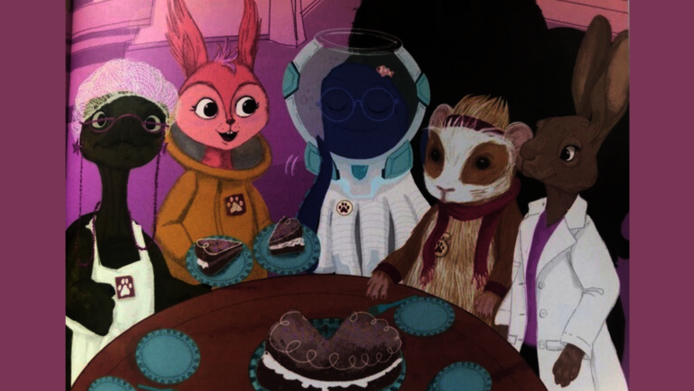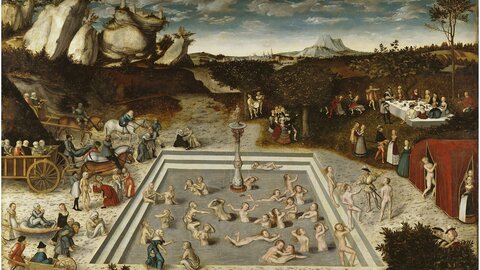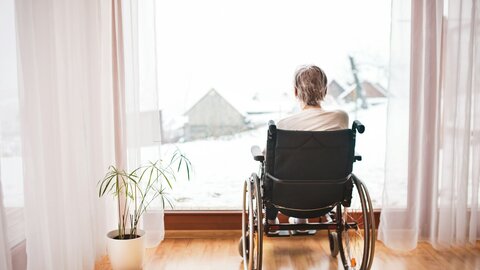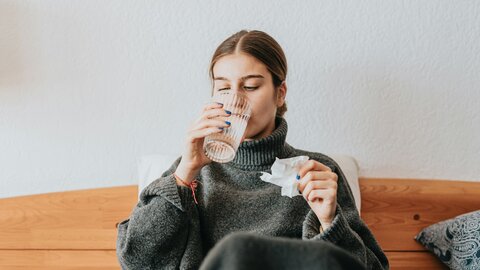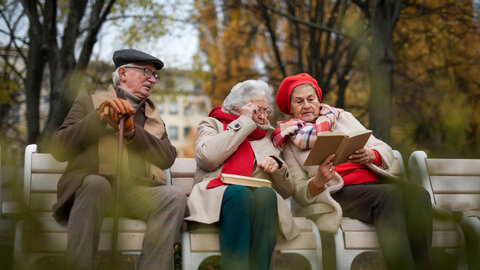From space to the world of allergies: an interactive adventure
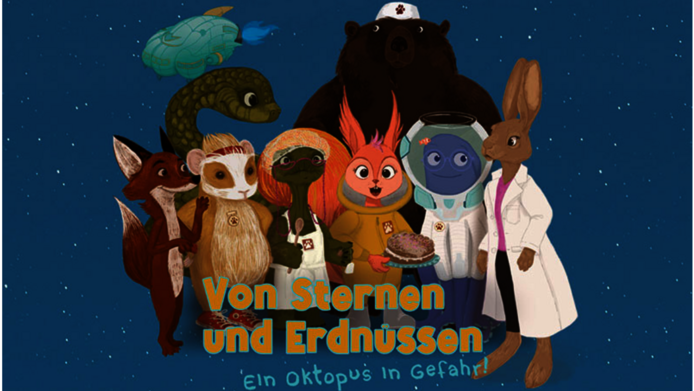
Von Sternen und Erdnüssen is all about food allergies, which affect children more often than adults. Allergic reactions to food are not only the most common but also the most dangerous form of intolerance, as they can trigger life-threatening anaphylactic shock. “We are seeing an increase in allergies among children,” says Ines Swoboda, who heads the Molecular Biotechnology Research Center at the Campus Wien University of Applied Sciences. For this reason, Swoboda found it important to present such a complex topic as allergies to children in a more accessible way.
Basic research on allergens
The model and idea for the book was derived from the FWF-funded research project “Immune Response to Meat Allergens,” where Swoboda serves as principal investigator. In this project, the researcher succeeded for the first time in identifying allergens from white and red meat, reassembling them using genetic engineering methods, and providing a detailed biochemical and immunological characterization. These molecules are now available for the diagnosis of meat allergies.
In addition, Swoboda's team analyzed the cross-reactivity between meat allergens and allergens from other animal foodstuffs, such as fish or edible insects.
The working group is also conducting research in the field of respiratory allergies. They are investigating the role played by cells in the respiratory tract – which are the first to come into contact with allergens – in the allergic immune response. Another project is looking at pollen from stinging nettles with the aim of identifying important allergens in order to develop better diagnostic tools.
Teaching science
In “Of Stars and Peanuts – an Octopus in Danger” readers aged 5 and up can learn in a playful way how to deal with food allergies.
Several cooperation partners were involved
Von Sternen und Erdnüssen tells the story of Gerhard the octopus, who is on his way to the Gugelhupf cake space station. Upon eating a cake baked by his astronaut friend Ebi, Gerhard develops rashes and shortness of breath. Doctor Hase and nurse Bärwin from the infirmary recognize the symptoms as a peanut allergy and treat them successfully. The digital book, which is in such high demand that it has also been made available in print, contains interactive elements that encourage children aged six to ten to join in reading, to read aloud, or listen.
From the outset, a transdisciplinary team was involved in the science communication project: representatives from Open Science, a Vienna-based association that promotes dialogue between science and the public, the Vienom software company, and the Institute for Youth Literature.
The kick-off for this outreach project – organized by the FWF to support scientists in motivating future generations to take an interest in research – was a three-part workshop for children aged six to ten at a school in Vienna's 15th district. “First, the children were allowed to handle pipettes,” says Ines Swoboda. “That was probably the most exciting part for them. Then we talked to them about allergies to find out what they already knew about them. It was amazing how familiar they were with the topic – almost all of them knew someone with allergies or were affected themselves,” notes Swoboda. At the end of the workshop, the pupils were asked to provide input on their preferred illustration styles and fonts for the book project. This gave the project team insights into what the book should look like.
After working with the pupils, a group of life sciences and medicine students took over the processing of the children's book: the working groups focused on the plot, writing, and illustrations in order to design and complete the idea with professional support from the cooperation partners. Readers aged 6 and up can now learn in a playful way how to deal with food allergies. At the end of the story, children can test their acquired knowledge in a quiz.
A printed version was also produced
“The book was first presented at the 2024 Children’s Literature Festival and received a great deal of media attention. Many media wanted to report about it, but all of them asked us for a copy,”” Swoboda reports with some surprise. “That was the reason why we also produced a print version.” The print version was distributed to schools and libraries throughout Austria. In November 2025, it will be presented at Buch Wien: plans are to offer a workshop where the participant delve into the story of Gerhard and simulate a skin prick test.
It was important to the allergy researcher to create a book that would make her research accessible to everyone and educate affected children about allergies. She demonstrates this on the computer in her office in Vienna's 10th district, showing the point in the story where Octopus Gerhard is developing a rash and struggling to breathe, and is soon taken to the infirmary by his friend.
Where did she get her enthusiasm for science communication? “My enthusiasm stems from my collaboration with Open Science,” notes Swoboda. Some time ago, she already developed an interactive station together with this association. This was followed by the interactive traveling exhibition Wechselwirkung/Wirkungswechsel, which toured Austria successfully for several years.
About the researcher
Ines Swoboda studied genetics at the University of Vienna, spent some time conducting research at the University of Melbourne, Australia, and for more than 10 years worked at the Medical University of Vienna. In September 2011, Swoboda was appointed a group leader at the University of Applied Sciences Campus Vienna in the field of biotechnology, where she heads her own research group and the Competence Center for Molecular Biotechnology. With her team, Swoboda addresses the molecular characterization of allergens and the development of mechanisms of food allergies of animal origin and allergic reactions of the respiratory system. The science communication project “INDIKINA – an interactive digital book for kids” (2023–2026) receives EUR 100,000 in funding from the Austrian Science Fund FWF.
